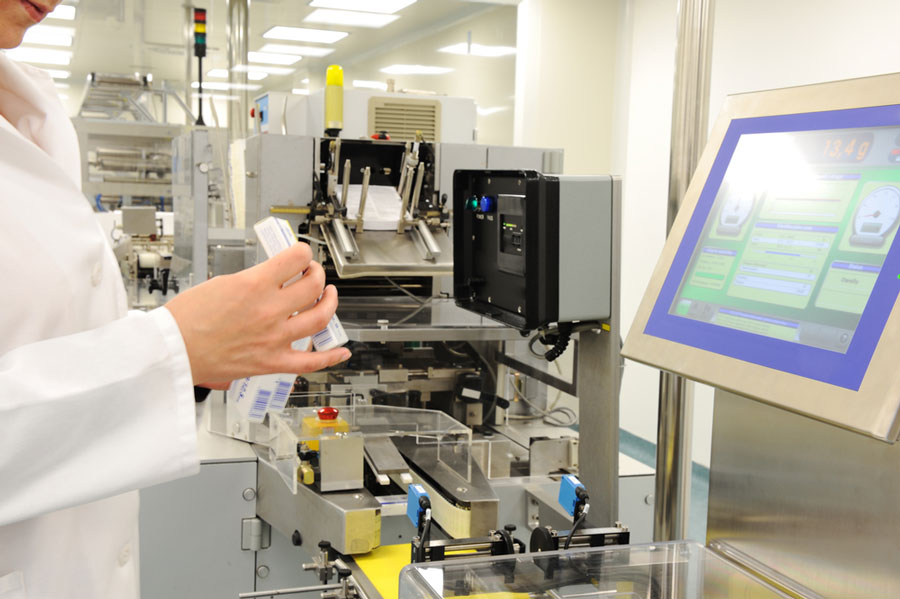Industry 4.0 automation initiatives have been gaining momentum since the early 2010s, and by and large those companies who have embraced smart automation strategies have seen significant success. However, it’s not the easiest road to take. Solid case studies are few and far between, and even then, automation upgrades are usually so unique to each specific company that it becomes hard to generalize strategies.
However, there is one major pitfall we’ve seen companies fall into – and it’s a somewhat paradoxical one. By upgrading some parts of their manufacturing process to be robotic and\or automated, that area becomes so productive that it creates problems and bottlenecks at other stages in the process.
Avoiding Bottlenecks When Implementing Industry 4.0 Upgrades
It’s not hard to see – in retrospect – how these situations come about. A particular manufacturing process has several stages, and one stage in the middle becomes automated. Productivity in that particular area goes way up, but suddenly it’s demanding more materials from the stages preceding it, and dumping more work on the upcoming stages than they are capable of handling.
These bottlenecks, left unresolved, can significantly reduce or eliminate the real-world gains brought by automation.
This is a particularly taxing problem because a manufacturer can rarely afford to upgrade all their processes at once. Nor is it a very good idea to change an entire production process from top to bottom, rather than going in stages. So how does a company prevent major bottlenecks?
1. Know your processes intimately
The more detailed the information you have on your inputs and outputs, as well as your maximum theoretical capacity, the easier it will be to predict how major productivity boosts in one sector will affect other links in the production chain. Accurately predictions make it possible to have solutions in place.
2. Look to outsourcing
One of the simplest options could be to dump your excess workload on a third party partner for a period, while you’re transitioning your systems to automation. Look for smaller companies who’d be happy to see a major contract land in their lap.
3. Reallocate your manpower
Most of the time, installing automation in one area will result in surplus workers. Look to retrain them and put them to work boosting productivity in bottlenecked areas, to help offset the workload. This could potentially even allow you to run extra shifts in affected sectors.
4. Focus on avoiding downtime
Some minor bottlenecking may be unavoidable, during the process of implementing automation upgrades. However, if the problem is made worse via preventable downtime, you’ll see your gains slip away. Put an extra focus on matters such as maintenance and repairs, to ensure upstream and downstream processes have as little downtime as possible.
Implementing automation is challenging – but the results will be worth it. A fully automated facility is capable of higher productivity, better quality control, and less downtime. This will all easily put you ahead of your non-automated competition, possibly for years to come.
You'll need the tools and expertise to help your manufacturing processes succeed! If you’re looking towards Industry 4.0 upgrades and digital transformation, but unsure of how to proceed, contact us to discuss your needs.
